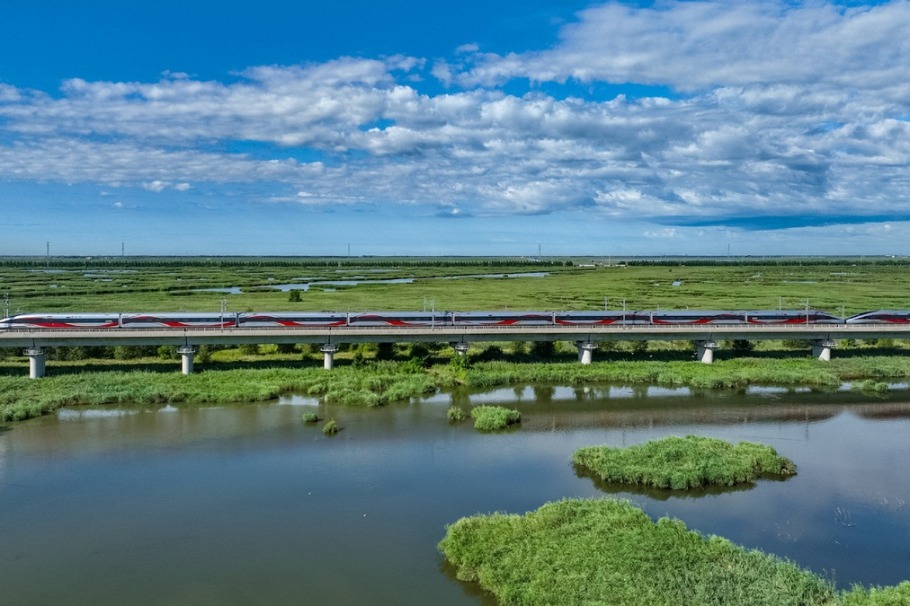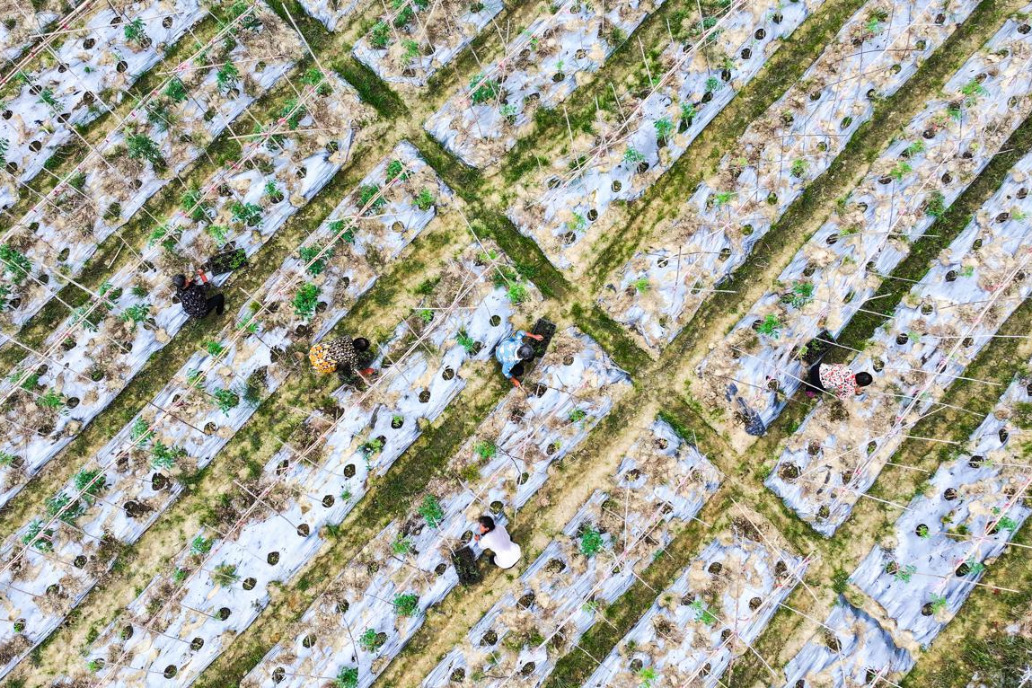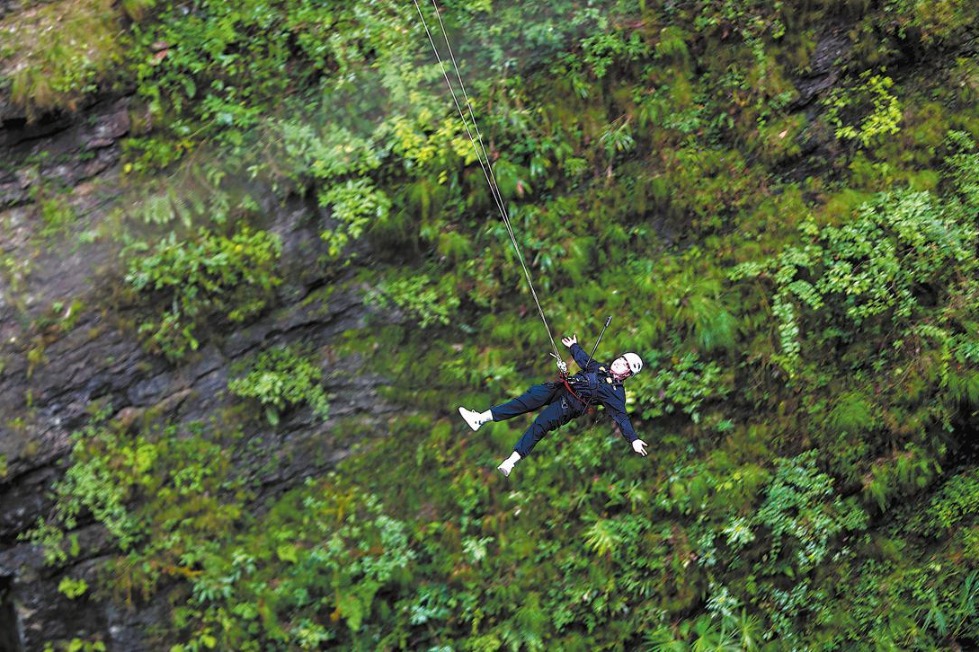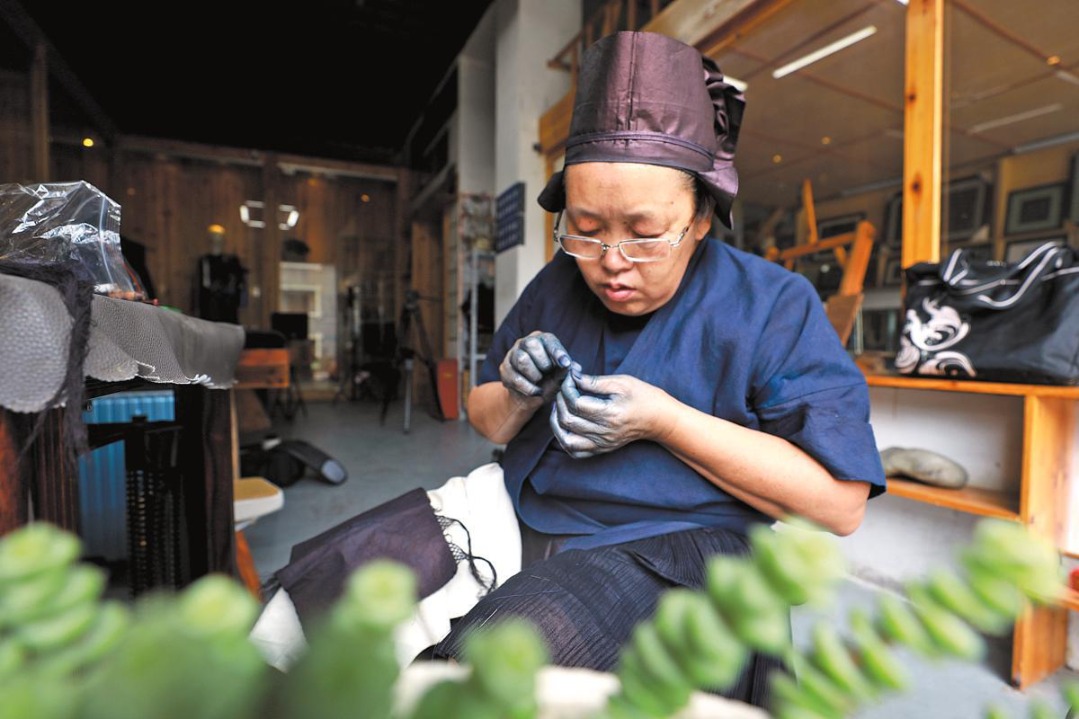Ongoing plateau survey turning up answers


Water levels in Pangong Tso, a plateau lake located in the Tibet autonomous region, were found to have risen by about a meter between 2016 and 2022.
The discovery was made by a research team from the Institute of Tibetan Plateau Research at the Chinese Academy of Sciences during the ongoing second national scientific research survey on the Qinghai-Tibet Plateau.
Started in 2017, the survey is led by the institute and includes the participation of more than 7,000 researchers from 270 institutions across the country.
It focuses on geological changes to glaciers, snow cover, permafrost and lakes and rivers, and looks into 10 main issues including plateau growth and evolution, biodiversity conservation and utilization, and changes to the region also known as "Asia's water tower".
In June, a study revealed that rapid climate warming has caused water imbalances to the Third Pole, which is centered on the Qinghai-Tibet Plateau. The region is home to the largest store of frozen water after the Antarctic and Arctic, and is also home to the headwaters of 10 major Asian rivers.
According to the results, which were published in the online journal Nature Reviews Earth & Environment, the imbalance between solid water in glaciers and liquid water in lakes and rivers, is the result of global climate change, and has led to greater demand for water in densely populated countries downstream.
Scientists predict that by the middle of the century, the river runoff from the plateau's glaciers will have reached its peak and will then gradually decline, leading to water shortages in the long term.
Another scientific expedition found that in the forested areas of the Hengduan-Qilian Mountains, the tree-line had moved an average of 29 meters higher over the course of the past 100 years, with a maximum rise of 80 meters.
The tree-line, or timberline, is the highest limit at which trees can grow. Its rise has compressed growth space for alpine meadows, increasing the risk of the loss of endemic high-altitude species, said Piao Shilong, a CAS academician.
Over the past five years, researchers with the survey have spent their days and nights in laboratories and in tents, gradually recording the environmental changes to the plateau and discovering more of its secrets.
In May, an 83.2-meter-high tree was discovered on the plateau by a team from the Institute of Botany at the CAS, which set a new record for the tallest tree in China.
As the scientific survey progresses, more rare plants and animals are being discovered on the plateau, more environmental changes are being revealed, and more fossils are being discovered, helping to build a clearer picture of animal and human life in ancient times.
Research on the Qinghai-Tibet Plateau covers a wide range of fields, including geophysics, geological structure, ecology and environment, said Yao Tandong, a CAS academician and leader of the survey.
China is at the research forefront globally in fields like climate change as represented by changes to glaciers and ecology, Yao added.
- China sees scattered, extreme rainfall in critical flood-control period
- Macao SAR chief executive explores tech cooperation during visit to Zhejiang
- Agritourism, sports, entertainment boosts income in rural Xinjiang
- Host city of 2025 World Games unfolds new vitality in opening wider to globe
- Mangshan's misty peaks enchant visitors
- China warns against escalating tensions on Taiwan question





































